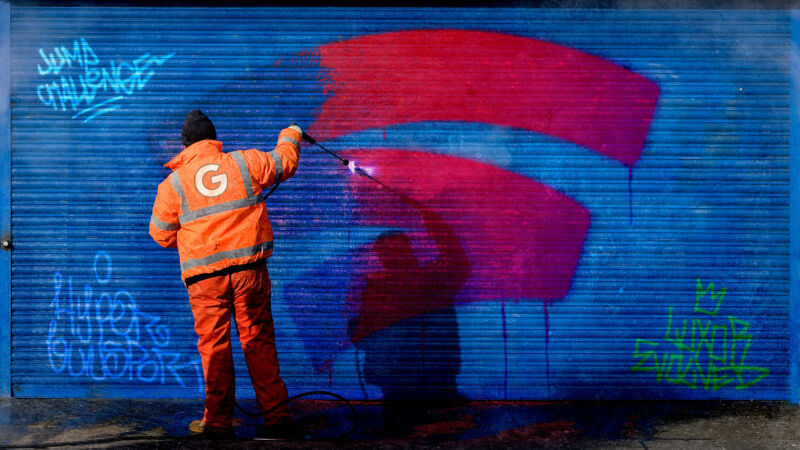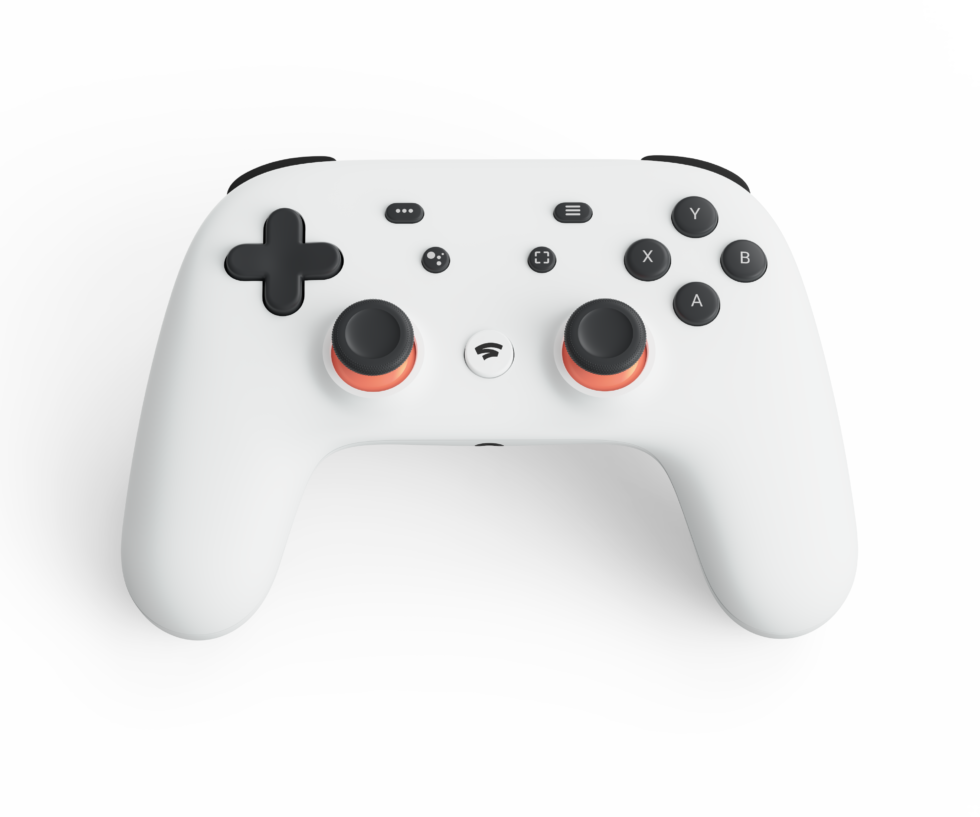The online-only controller updater will run until December 2024.

Stadia might be dead, but the controllers for Google’s cloud-based gaming platform are still out there. With the service permanently offline, the proprietary Stadia Controller threatened to fill up landfills until Google devised a plan to convert them to generic Bluetooth devices that can work on almost anything. The app to open up the controller to other devices is a web service, which previously had a shutdown date of December 2023. That apparently isn’t enough time to convert all these controllers, so the Stadia Controller Salvage operation will run for a whole additional year. X (formerly Twitter) user Wario64 was the first to spot the announcement, which says the online tool will continue running until December 31, 2024.
As a cloud-based gaming service, Stadia had all the game code run on remote servers, with individual video frames streaming live to the user and showing the gameplay. The user would press buttons on their local controller, and every single individual button press had to travel across the Internet to the remote game server to be processed. These services live and die by their latency; in an attempt to reduce latency, the Stadia Controller connected to the Internet directly over Wi-Fi instead of connecting via Bluetooth to your computer and then to the Internet. Google claimed that one less hop on the local network led to shorter latency, especially since the service was originally built around the power-limited Chromecast dongle.

With the service dead, the Wi-Fi-only controller wouldn’t work wirelessly, leaving old-school USB as the only way to use the controller. However, Stadia Controllers already came with a dormant Bluetooth chip, so Google cooked up a way to convert the orphaned controllers from Wi-Fi communication to Bluetooth, allowing them to wirelessly connect to computers and phones as a generic HID (Human Interface Device). Normally you’d expect a download for some kind of firmware update program, but Google being Google, the Stadia Controller update process happens entirely on a webpage. Google’s controller update page has a very fancy “WebUSB” API setup—you fire up a Chromium browser, plug in your controller, grant the browser access to the device, and the webpage can access the controller directly and update the firmware, without any program to install.Advertisement
While the web-based updater is very neat, it also means it’s impossible for a third party to archive the updater for future use. Once Google’s website goes down, there are no more controller updates. A desktop app, on the other hand, could be kept around and re-distributed forever.
The early days reports of Stadia sales said the service undershot Google’s estimates by “hundreds of thousands” of users, so there are probably a lot of controllers out there. Even in 2022, it was normal to buy new Stadia Controllers labeled with the original 2019 manufacturing date, giving the impression that these things were just filling up warehouses. With the update plan still running for another year, there’s more time for sales to happen and for these controllers to find a good home.
In our review of the Stadia service, Ars’ Senior Gaming Editor Kyle Orland found the controller was “one of the highlights of the Stadia launch package,” saying it “boasts a solid, well-balanced weight; comfortable, clicky face buttons and analog sticks; quality ergonomic design on the D-pad and shoulder triggers; and strong, distinct rumble motors.” So, assuming you can get the $70 MSRP device at a significant discount, it sounds like a decent buy. The one downside is that audio features like the headphone jack and microphone won’t work after the Bluetooth update.




